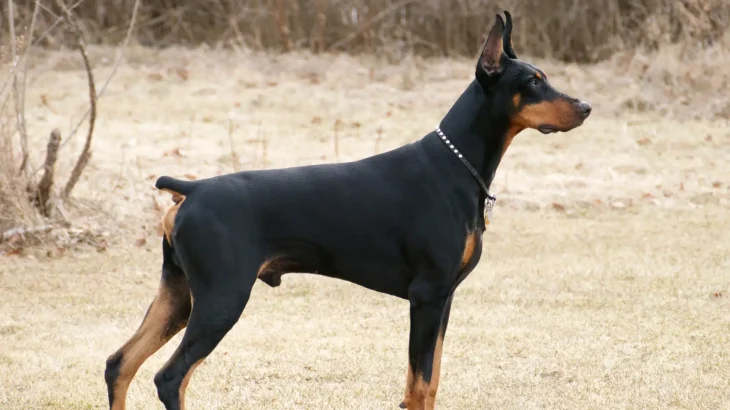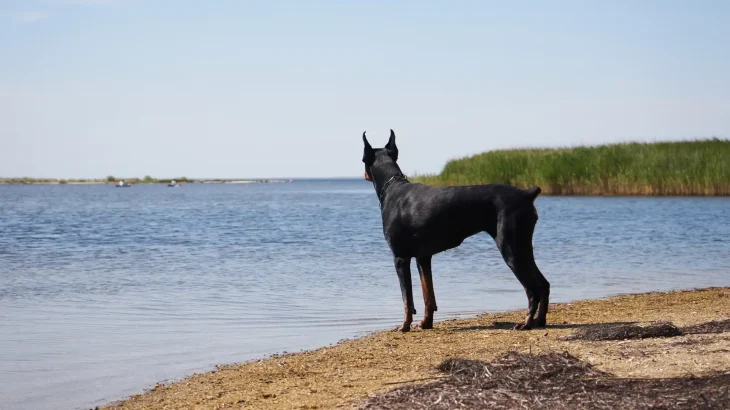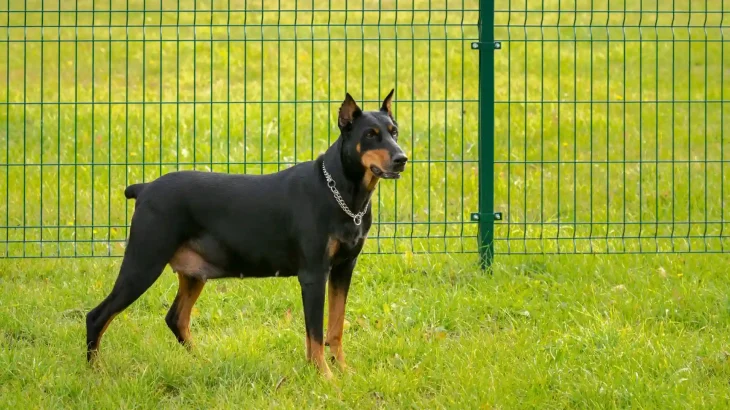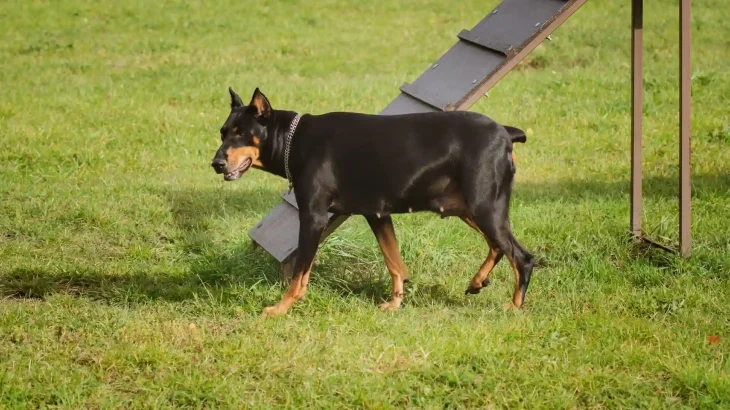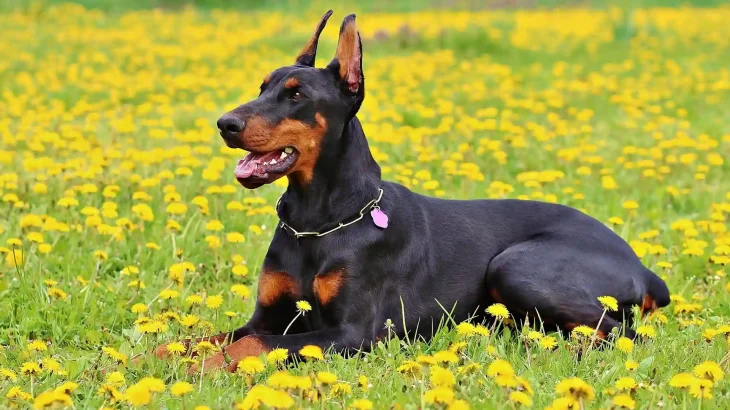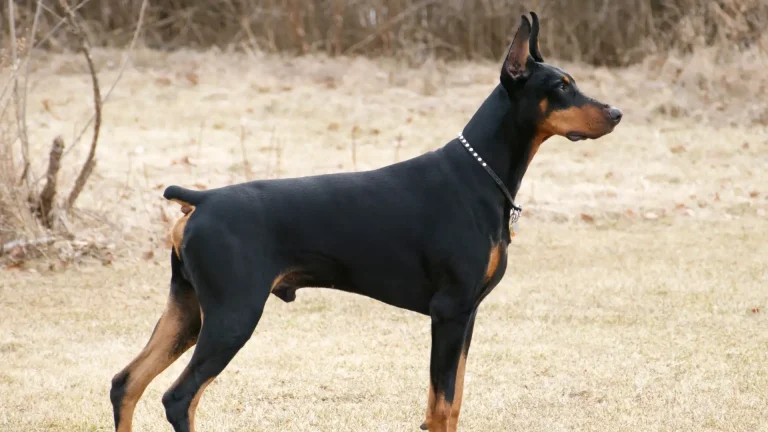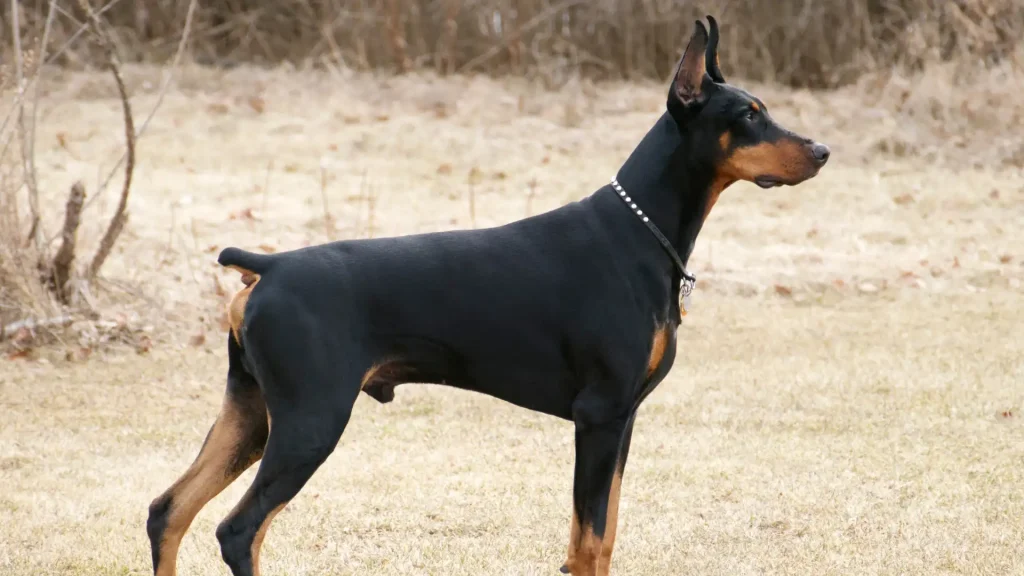When looking for a Doberman Pinscher puppy, deciding between adoption and purchasing from a breeder involves weighing factors like health history and breed authenticity. Purchasing from a breeder often provides clearer insight into genetics and pedigree, while adoption offers a chance to give a home to a dog that might not otherwise find one. Each choice has its own set of benefits that suit different priorities and lifestyles.
Adoption vs. Breeder: Pros & Cons
| Criteria | Buying from Breeder | Adopting from Shelter/Rescue |
|---|---|---|
| Cost | Higher initial cost due to breed purity and pedigree documentation. | Lower adoption fees, making it more budget-friendly. |
| Health History | Detailed health records and genetic screenings typically available. | Health history might be incomplete or unknown. |
| Age Availability | Mostly puppies, allowing you to raise them from a young age. | Varied ages, including adults and seniors. |
| Temperament Insight | Breeders provide insight based on lineage and socialization. | Temperament observed but may be less predictable. |
| Supporting Practices | Supports ethical breeding when choosing responsible breeders. | Supports animal welfare by giving a home to dogs in need. |
| Breed Purity & Pedigree | Guarantees purebred status with documented lineage. | Purebred status may be uncertain; mixed breeds common. |

